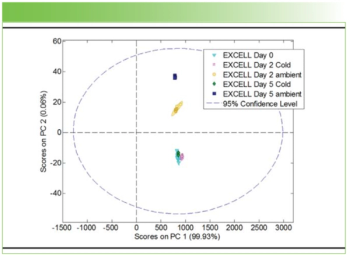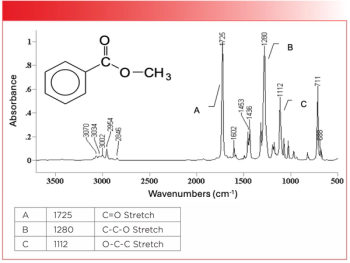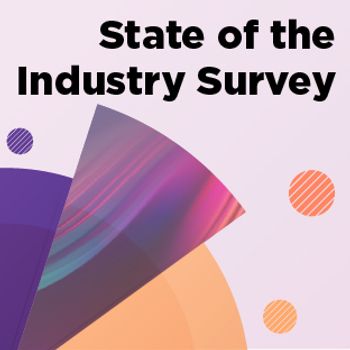
Eighth International Conference on LIBS to be held in Beijing, China
The Eighth International Conference on Laser Induced Breakdown Spectroscopy (LIBS 2014) will be held at Tsinghua University (Beijing, China) from September 8-12, 2014.
The Eighth International Conference on Laser Induced Breakdown Spectroscopy (LIBS 2014) will be held at Tsinghua University (Beijing, China) from September 8-12, 2014. The conference is organized by the Chinese LIBS community, hosted by the Department of Thermal Engineering at Tsinghua University and supported by the National Natural Science Foundation of China.
As in previous international LIBS conferences, LIBS 2014 will provide a platform for scientists and researchers in the field, engineers from industry, and graduate students to exchange ideas, experiences, and achievements in the research, development, and applications of LIBS.
The conference will feature invited speakers, oral and poster presentations, and a technical exhibition of recent developments in LIBS instruments and related products. LIBS experts from around the world will be invited to deliver short courses before the opening of the conference.
Newsletter
Get essential updates on the latest spectroscopy technologies, regulatory standards, and best practices—subscribe today to Spectroscopy.





